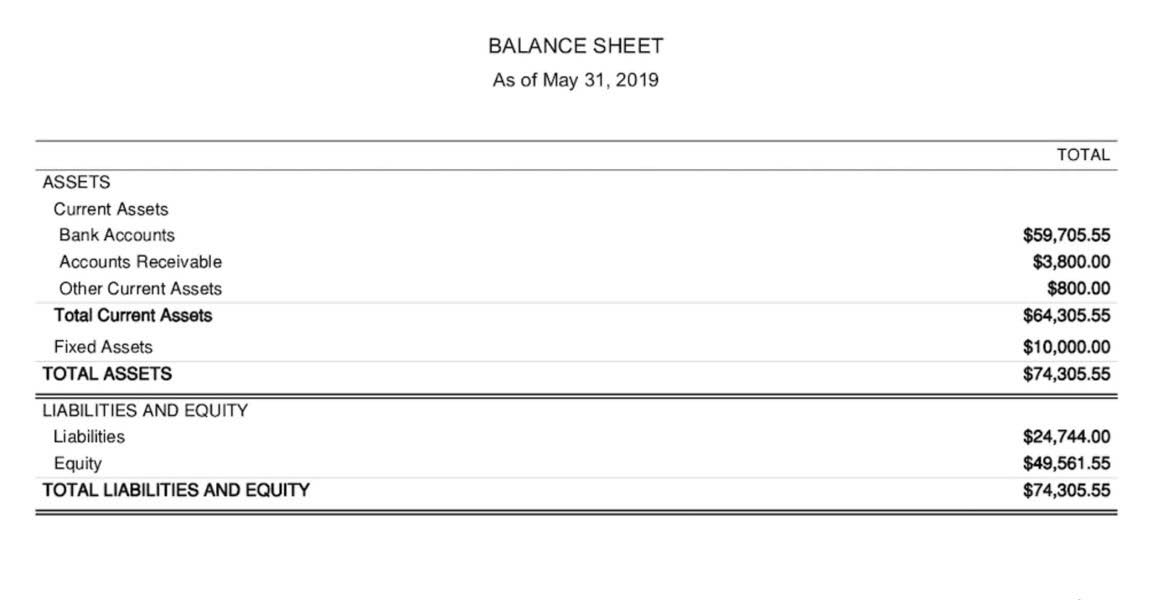How do I calculate full-time equivalent FTE hours?
However, external contractors and freelancers are generally not included in the FTE count. With the required inputs in place, we can arrive at approximately 52.40 FTEs by dividing the total hours worked by all employees by the total number of available work hours in a year. Three full-time employees would have an FTE of 3.0 and the part-time FTE is 0.875. Full-time equivalent students[9] is one of the key metrics for measuring enrollment in colleges and universities. The measure is often annualized to cover the average annual full-time equivalent students and is designated by the acronym AAFTE.
This enables HR to categorize employees, analyze, gain valuable insight for business planning and projection, and boost the organization’s efficiency. Additionally, FTE calculations give you a better sense of your current staffing levels fte meaning so that you can plan and budget accordingly. Using time tracking software, like Homebase, will allow you to run a historical report based on employee work history and status to gather the average hours worked using custom fields.
How To Calculate FTE?
Based on a 40-hour FT workweek, you’d need two full-time workers and one 0.5 FTE part-time employee. You can use your business’s definitions for full-time and part-time employees. When you apply for a PPP loan, you will need to include your documents showing the number of full-time equivalent employees on your payroll. When calculating your FTEs for basic accounting or business purposes, the simplest way to do it is to divide total annual work hours for all employees by an average full-time annual work schedule. The total hours worked is the sum of the number of hours worked by part-time and full-time employees, whereas the number of available full-time hours in a year is most frequently 2,080. Now determine the number of hours worked by full-time employees over a given period.

An employee with a regular budgeted assignment of 75% of a full-time job position has a 0.75 FTE. Furthermore, such businesses may have their loans fully forgiven if they maintain the same number of FTEs during the period for which they receive financial assistance. Make sure you don’t count in 1099 contractors since they are not considered employees.
Make a List of All Employees & Hours Worked
Employers covered by the rule should expect to face added complexity to the already multifaceted challenge of hiring and retaining talent. As passed by the FTC’s Commissioners on a 3-2 vote among partisan lines, the rule applies to anyone who works for a for-profit employer, whether paid or unpaid, and to independent contractors. The Federal Trade Commission (FTC) issued a new rule on April 23, 2024, banning new non-compete agreements in all employment contexts. Chamber of Commerce and other groups, and whether it ultimately is enforced by a court remains to be seen. While headcount planning can help HR work with managers and business leaders to build and scale the organization’s workforce, it does have some limitations. Headcount is simple to calculate whether you want to determine the number of people in a particular department or over a set period (monthly, quarterly, annually).

After all, the net costs of hiring additional part-time employees may, in fact, be lower than the more visible cost of overtime pay for existing staff, and FTE is used to uncover such findings. This calculation provides a convenient way to quantify how many theoretically “whole” full-time employees are on the company payroll per year, even if the majority of your workforce is actually part-time. The part-time employees, on the other hand, work 20 hours per week and 25 weeks out of the year. First, let’s look at what full-time equivalent or FTE actually means. The full time equivalent, often abbreviated as FTE is an indicator that reflects an employee’s productive capacity.
How to calculate FTE for one employee?
You can also use the FTE total to remain compliant with federal, state, and local labor laws that may be based on employer size such as mandatory sick time laws. You can then determine the equivalent number of full-time workers you employ. To be able to calculate the total FTE in your company, you need to determine the FTE of your part-time workers first. To do that, you need to divide the total number of hours worked by your part-time employees by the total number of annual hours worked by 1 full-time employee. Full-time equivalent (FTE) is a measurement employers use to standardize their headcount.
By knowing how many full-time equivalents you have, you can see where your organization has room for growth. One option is to bring on a part-time employee on a full-time basis temporarily. An FTE of 100% is equal to the amount of work one full-time employee performs within a given time period (a day, week, month, or year). Next, divide the above number by the ideal number of work hours for a full-time employee per month.
Calculating FTEs for Standard Accounting
In summary, understanding the meaning of FTEs is a key competency for HR professionals today. Knowing how to accurately calculate and strategically apply FTE analysis helps optimize staffing, forecast budgets, align talent strategy to business goals, and support employee retention. Many laws and regulations related to benefits eligibility, overtime pay, and other workforce standards depend on whether an employee is classified as full-time or part-time based on FTE status.
- Find the average number of hours worked to see if there’s room for scaling or if you need to cut back to save on costs.
- FTE is important for calculating labor costs incurred by your company.
- Essentially, the FTE is the number of determined full-time positions in an organisation.
- Through the full time equivalent calculation, it is possible to identify whether your small business needs to hire, restucture or reduce its staff, for example.
So if you pay FT workers $40/hr, this equates to $83,200 (roughly 2,080 hours scheduled annually—make sure to subtract leave balances). Speaking of time off policies, if you’re in the U.S., the Affordable Care Act requires ALEs (applicable large employers) to offer health insurance to their workers. According to the IRS, a US employee who works at least 30 hours per week or 130 hours per month is considered to be a full-time employee.

